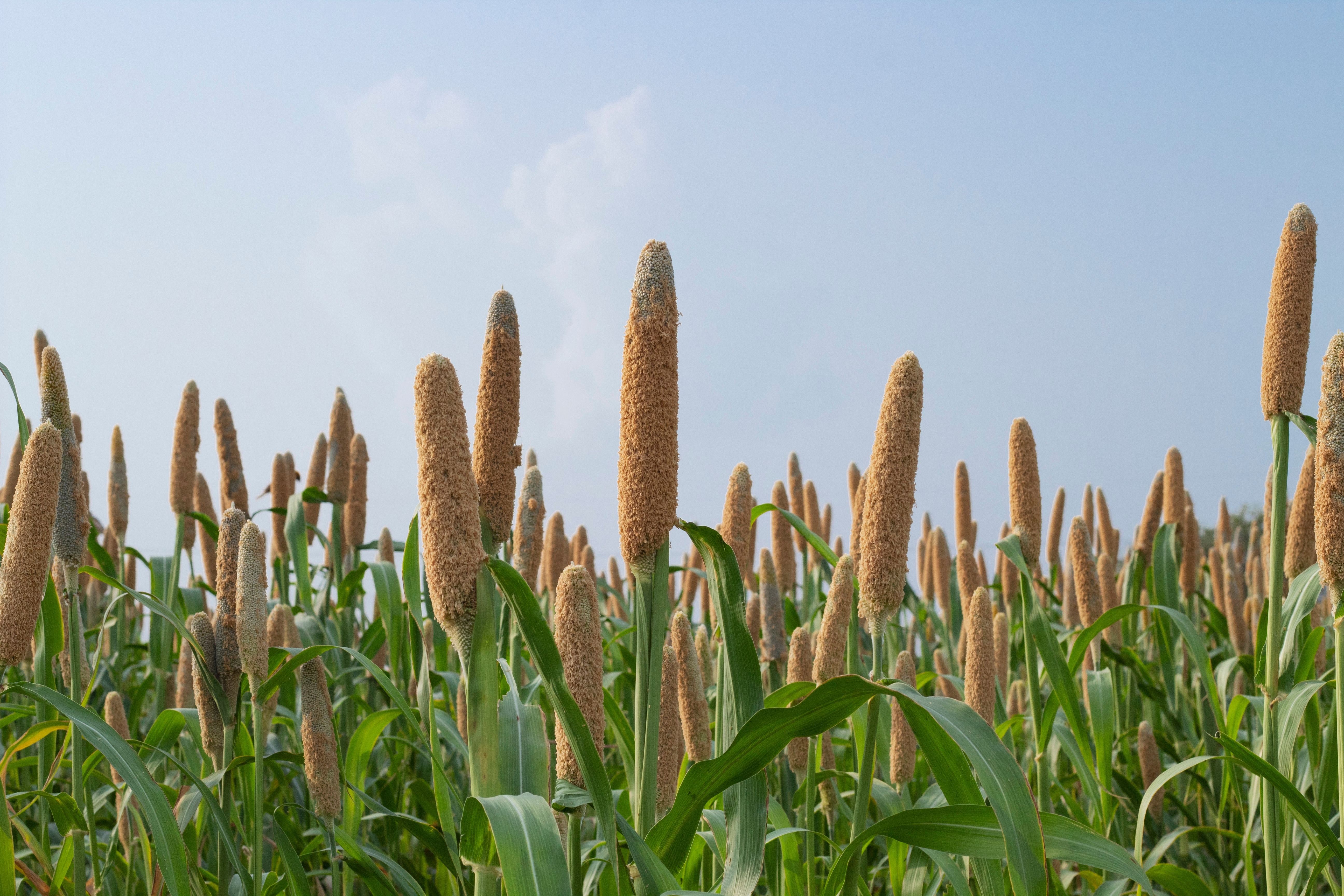Weeds like a certain gene in an important Saudi crop

A single gene in pearl millet correlates with its vulnerability to weeds
A new study led by KAUST researchers has discovered a key gene that impacts crop resistance to a parasitic weed that is one of the world’s greatest threats to crops. Pearl millet, a cereal crop commonly grown in Saudi Arabia and other dry and hot regions, is vulnerable to the weed Striga hermonthica (also known as purple witchweed). The researchers found that strains of pearl millet lacking CLAMT1b, a gene that is responsible for the synthesis of specific hormones were resistant to the weed, while those expressing the gene were not. The findings provide new clues on breeding strategies for food security.
Pearl millet is a cereal of high nutritional value, and nearly 100 million people in Africa and Asia depend on it for their diets, especially those living in arid environments. The plants have a remarkably high tolerance for heat and drought, and their importance in food security is exemplified by the United Nations declaring 2023 as the International Year of Millets.
Emerging Striga seedlings connect themselves to the root system of the host to parasitically take water and nutrients. Scientists have realized that resistance to the parasite comes in one of two ways. The first is through an immune response that blocks the interaction. The other, which is used by millets and several others crops, including rice and maize, involves a hormone called strigolactone. By examining the genomes of two different lines of the cereal, the researchers found the presence of the CLAMT1b gene led to the secretion of four types of strigolactone, which promoted interaction with Striga. In contrast, the line lacking CLAMT1b and thus the four strigolactones was resistant to the parasitic weed.
Additional investigation of other pearl millet varieties found that multiple breeding stocks, including commercial ones, expressed the CLAMT1b gene. Furthermore, the researchers found that CLAMT1b had no significant effect on the symbiotic relationship between pearl millet andarbuscular mycorrhizal fungi. These fungi bestow many benefits to the plant, including increased water and nutrient uptake and disease resistance. These findings suggest breeding strategies that remove CLAMT1 genes can protect the crop against parasites without harming other ecological relationships that benefit its growth and survival.
“Our study should assist plant breeders in selecting seeds with the resistant allele. More resistant cultivars for both commercial farms in Saudi Arabia and smallholder farmers in Africa would greatly improve food security in these regions,” said KAUST Professor Salim Al-Babili, who led the study, about the findings.
The study, which was funded by the Bill and Melinda Gates Foundation, can be read in Nature Communications.

